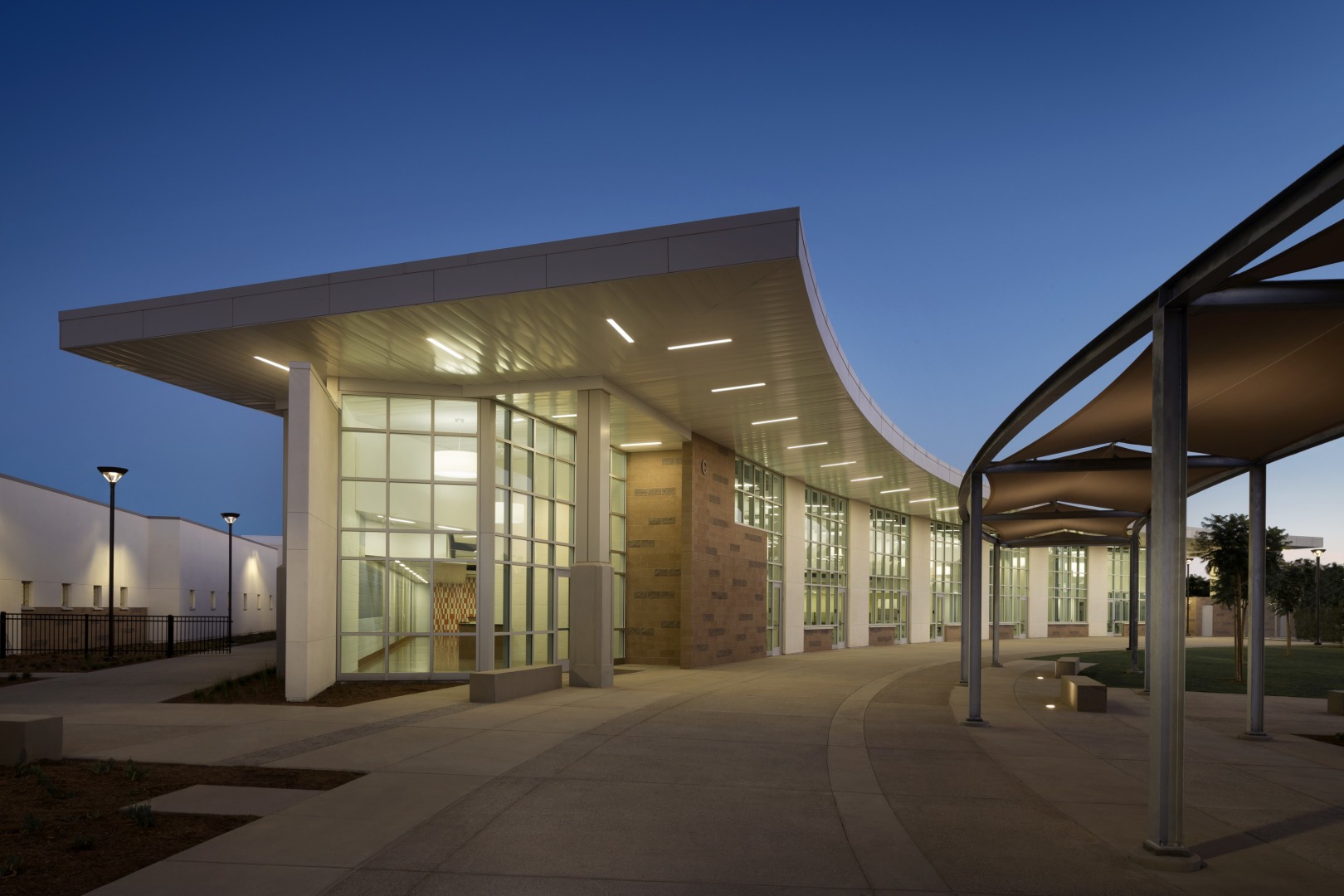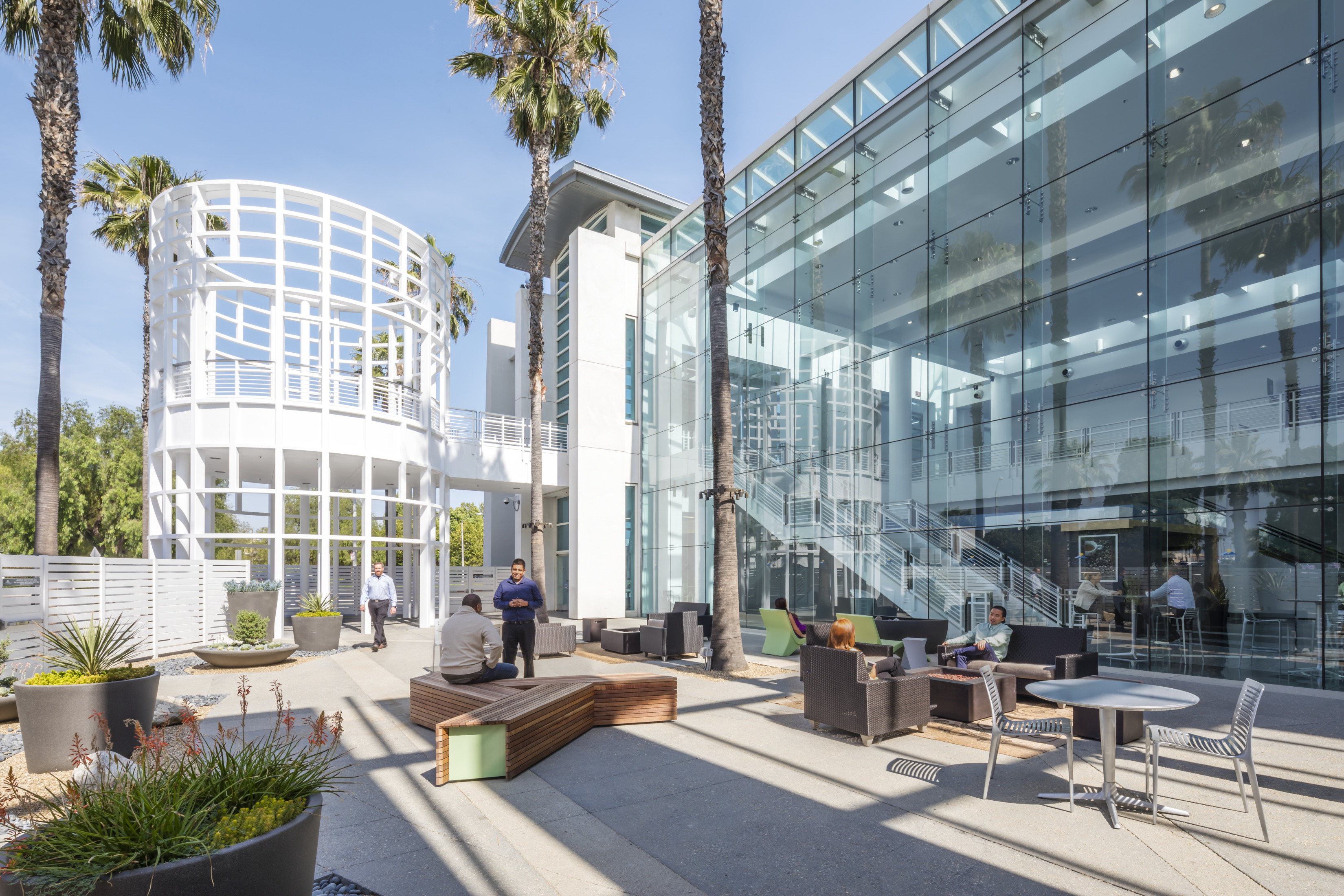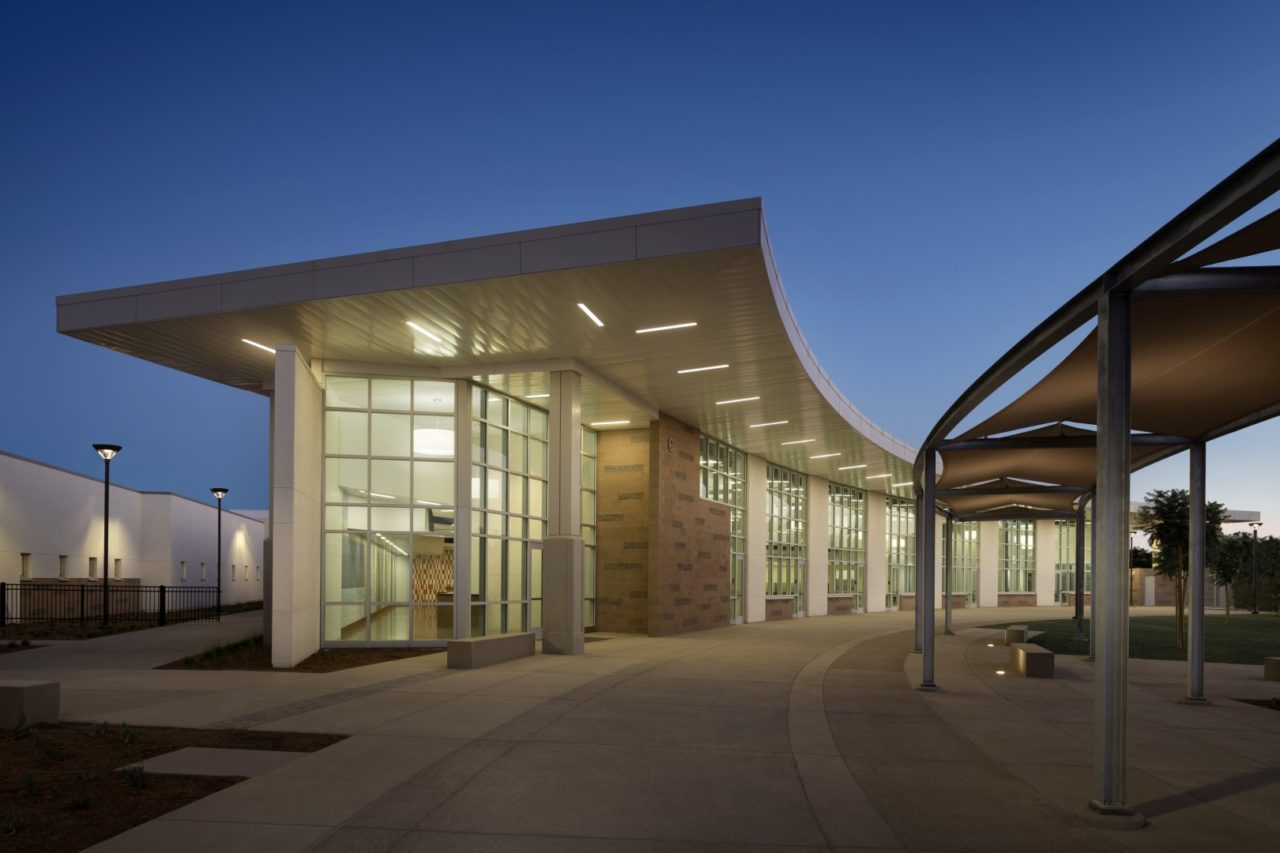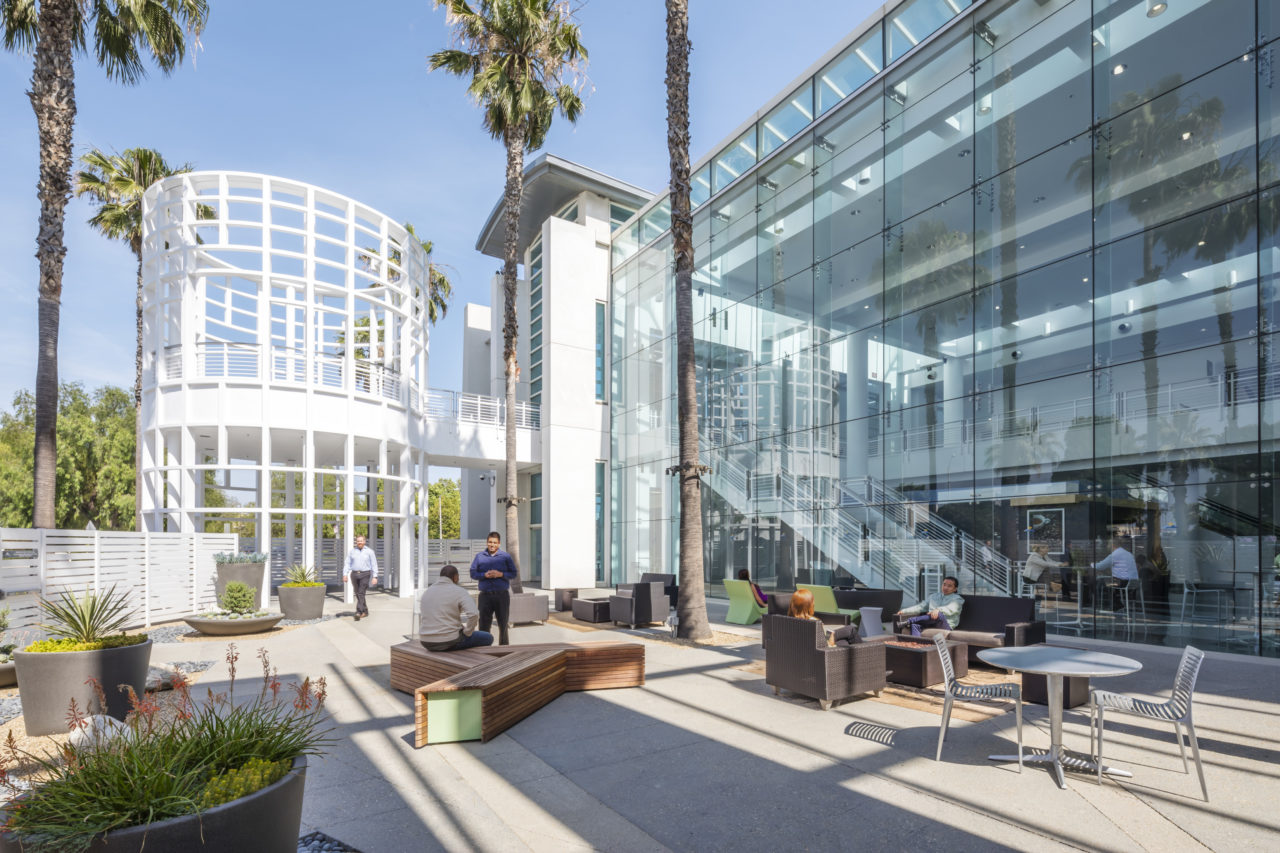Facilities management teams are tasked with everything from monitoring and maintaining the wide variety of building systems, to security, to occupant’s comfort. Making sure all these systems work harmoniously and efficiently is no small feat, so as a result, more and more operations are incorporating automation into the job. The benefits of automation are numerous, from energy and cost savings to staff reduction, but what is also becoming apparent is that it also has the potential to extend the lifecycle of a building, to a greater extent than the traditional facility management model ever could.
Technologies Behind Automated Facility Management
Automated facility management is comprised primarily of four technologies, all of which work in conjunction for a more efficient, streamlined system.
- Artificial Intelligence (AI). Humans, while great at many things, still have the possibility for error when it comes to maintaining a facility’s systems. However, incorporating artificial intelligence into the program allows this to monitor all equipment in real-time, while simultaneously keeping accurate records, notifying the user when something goes awry, or even identifying inefficiencies, which helps to keep maintenance costs down.
- Internet of Things (IoT). Generally speaking, the term IoT is a collection of everything that is connected to the internet. As more and more everyday objects are becoming “smart” devices, these objects can often “talk” to each other, making up a more localized Internet of Things.
- Smart Buildings. Smart buildings incorporate this automation to manage buildings’ environments automatically, including mechanical systems, lighting, daylighting, and climate control. This results in an increase in systems efficiencies, as well as a decrease in facility management’s time, cutting down on both utility and operational costs.
- Service Automation. This technology automates workflows, enabling quick, efficient repairs and maintenance management. By having all the data in one dashboard environment, facility managers can even manage multiple facilities from one central location.
All of these are working together with facilities management, and while the concepts are fairly new, there are exciting possibilities for the impact on buildings throughout the duration of their life.
The best part is that these technologies are simply scratching the surface of automated facilities management potential. As resources improve and the underlying infrastructure develops, we’re almost guaranteed to see expanded use cases and new automation methods, say, for repurposed buildings. While it’s difficult to say what form that could take in the future, there are some tangible benefits of automated facilities management that are approaching greater usability.
 Impact on Buildings Moving Forward
Impact on Buildings Moving Forward
As automated technologies become more and more advanced, the impact on a building’s lifecycle as well as the architect’s approach to design will become more apparent. Maintenance will be attended to in a timely manner, which will extend the life of building systems and finish materials further. Systems will be switched into power-saving mode, or even off completely when not in use, extending the equipment’s lifespan.
This means that a large amount of “human error” is removed from the equation. Instead of a staff member forgetting to adjust a thermostat after closing time, an automated routine would handle it independently. Forgot to lock up at night? Automation could take care of that too. Reminders would see to it that material maintenance, such as sealing stone floors or servicing elevators, will be done per the manufacturer’s recommendations. Though these examples are still future-facing, various aspects of automation are already permeating architecture and even residential homes. Applications like Amazon’s Alexa have introduced small-scale automation to families. Picture that, but on a much grander scale.
One of the greatest strengths of automation is the centralizing of information. Whether that be handling work order requests and sorting them in order of importance, or simply allowing the facility manager to be able to see an overall snapshot of the building’s functionality at any given time, the use of automation simply makes it easier for them to manage the facilities they’re in charge of.
While automated systems provide many benefits, it takes a committed team of people to ensure a successful implementation. A purposeful training plan is crucial to make sure that everyone using the system is A) aware of it, B) knows how to use it, and C) continues to use it. While these automated systems are intended to work without humans most of the time, systems do fall apart and require people to troubleshoot them.
 Planning for Automated Facility Management
Planning for Automated Facility Management
Exciting as all this is, the fact is that many projects aren’t quite ready to go all-in on an automated facility management plan. While the technologies might still be in their infancy, architects should certainly be considering the possibilities of how they can incorporate them into their buildings at a future date.
That could take the form of creating chases where additional wiring can run, specifying mechanical and other equipment that is able to be connected to a smart building system, or creating a flexible space that can change to house the systems that might come with an upgrade in the future. By being aware of the technologies, and anticipating what the building might need in the coming years, the transition from standard facility management to an automated one will be considerably smoother.
At HMC Architects, we understand the importance of keeping up with the latest technologies, not only for the lifecycle cost benefits but also for the ease of maintaining a building once it’s turned over into the client’s hands. We work with clients to best understand their needs, and what automated technologies would best serve their purposes. While these technologies are fairly new to the building industry, we’re excited about the possibilities they offer for extending the lifespan of buildings. To learn more about automated facilities and how they might best serve your project, contact HMC Architects today. For specific questions related to facility management and automation, email Chief Practice Officer, Kirk Rose directly.




